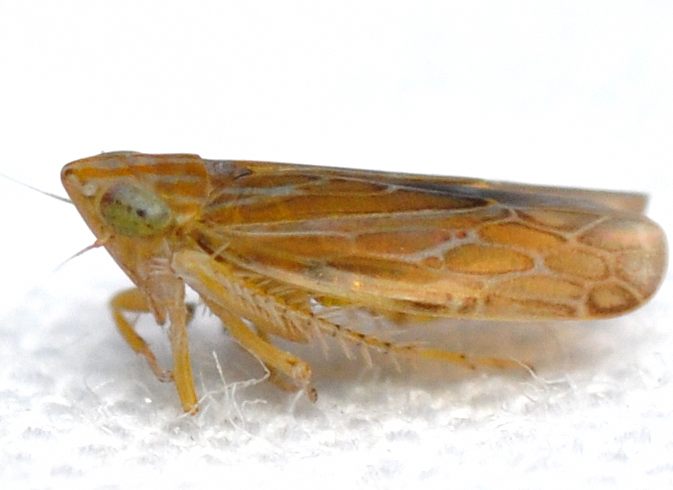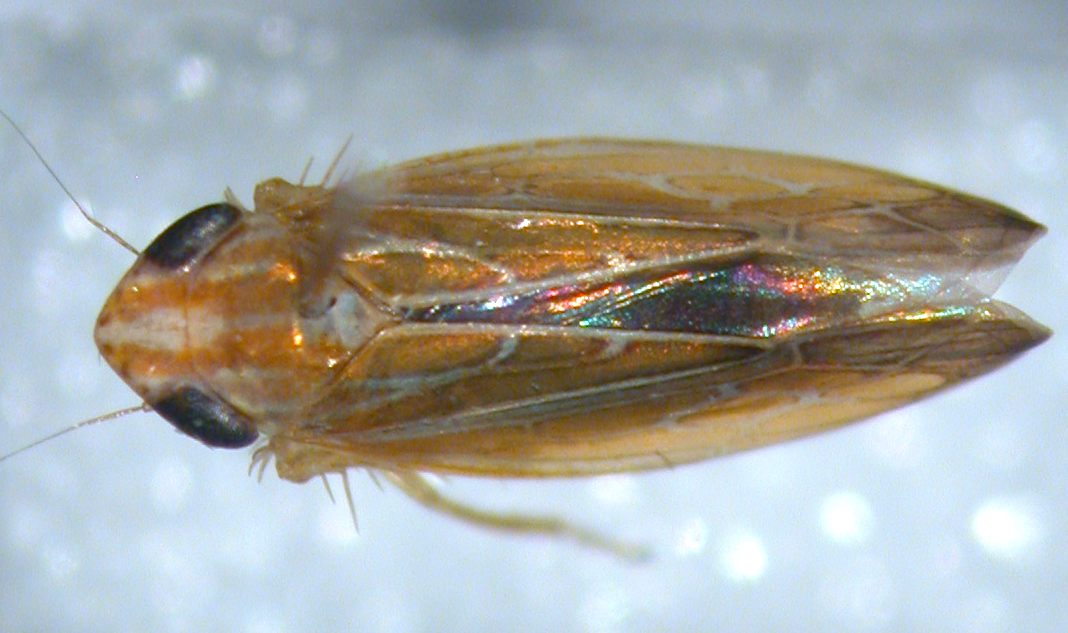| Family (Alpha): | |||
« |
 » » |
| CICADELLIDAE Members: | NC Records | |||||
|---|---|---|---|---|---|---|
Arundanus rubralineus - No Common Name | ||||||
 © Kyle Kittelberger- note color |  © Kyle Kittelberger- note head pattern |  © Bo Sullivan- note lack of vertex marginal lines |  © Bo Sullivan |
|
Hoppers of North Carolina: Spittlebugs, Leafhoppers, Treehoppers, and Planthoppers |
| Family (Alpha): | |||
« |
 » » |
| CICADELLIDAE Members: | NC Records | |||||
|---|---|---|---|---|---|---|
Arundanus rubralineus - No Common Name | ||||||
 © Kyle Kittelberger- note color |  © Kyle Kittelberger- note head pattern |  © Bo Sullivan- note lack of vertex marginal lines |  © Bo Sullivan |